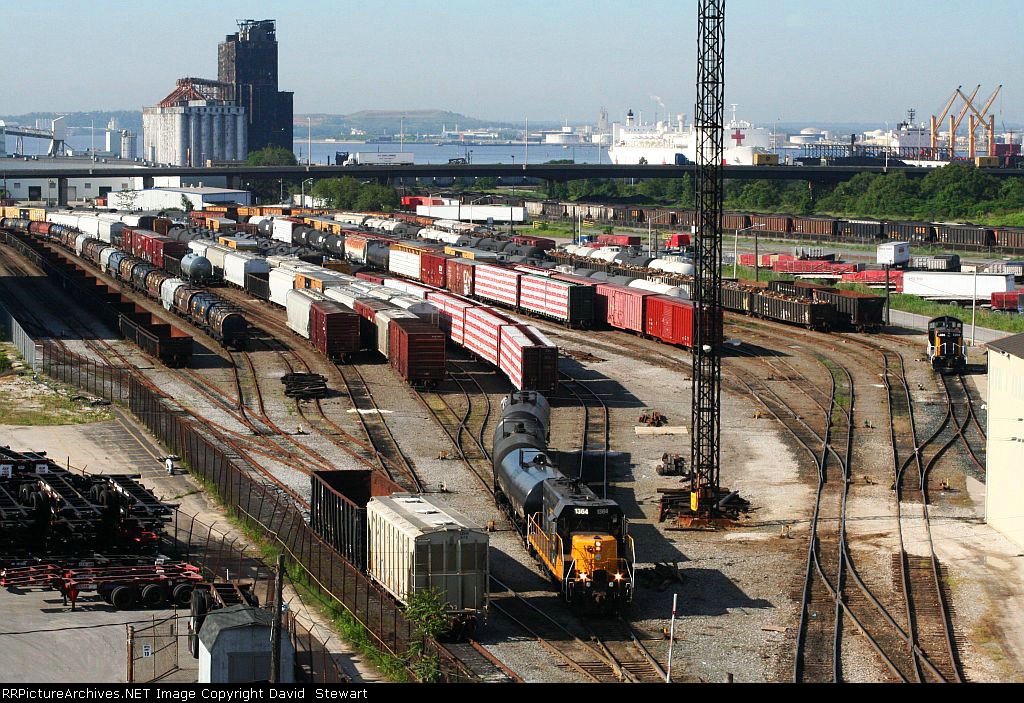rodney mcgiveron
Member
G'day all...Despite me living on the other side of the planet..I am fascinated by the American Rail System ...My question...What do fellow forum members think is the most significant locomotive to model since the transition from steam era .It's a pretty open ended question I know...but it'd be interesting to see what modellers prefer and whether the manufacturers acommodate the needs..I'll start the ball rolling and say that the EMD GP38 and the EMD SD 40-2 s would be right up there with the freight haulage in the halcyon days of the early 60s to the early to mid 1980s and also ALCO and GE became big players in a very competitive market.
I think more 1:1 Scale SD40s were built , than any other locomotive in history or is that incorrect...
I think more 1:1 Scale SD40s were built , than any other locomotive in history or is that incorrect...



